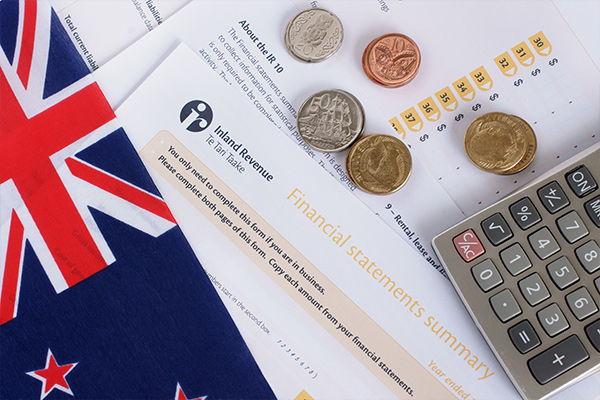Residential Land Withholding Tax

Kiwis living aboard may face residential land withholding tax (“RLWT”) of up to 28% if they sell residential property in New Zealand within two years of acquisition. RLWT may impact on the profitability of the sale of residential property by those deemed to be an offshore person.
Who is an Offshore Person?
The definition of an offshore person may come as a surprise to many kiwis living aboard. An individual is an offshore person when any one of the following apply:
- NZ citizen who has been living overseas for the last three or more years;
- A person with a NZ residence class visa and who has been overseas for the last 12 or more months; or
- A person without NZ citizenship or a residence class visa.
In addition, many New Zealand companies, partnerships and trusts with an overseas connection will be subject to RLWT of up to 33% if they sell residential property in NZ within two years of acquisition. For a non-individual (e.g. Trust, Company, Limited Partnership etc.) an offshore person is where the non-individual has significant offshore interests. Generally, a non-individual will be deemed to be an offshore person if at least 25% of the non-individual is owned (legal or beneficial) or controlled by an offshore person.
When does RLWT apply?
Conveyancers are now under a legal obligation to withhold the RLWT from the proceeds of sale on settlement where:- the property is residential land in New Zealand;
- the vendor purchased the property on or after 1 October 2015;
- the vendor owned the property for less than two years before selling; and
- the vendor is an offshore RLWT person.
The vendor cannot direct the conveyancer to pay them the full amount from the proceeds of sale on the basis that the vendor will pay the RLWT direct to the IRD.
What is Residential Land?
Residential Land is used to describe land: with a dwelling on it, ora dwelling can be built on it under the local council’s planning rules. Residential land does not include land that is predominately used for business or farmland.
How is the 2-year period calculated?
The 2-year period commences on the date that the property is transferred to them (i.e. the date of registration) and ends on the date that the person enters into a contract to sell the property (i.e. date of the agreement for sale rather than an unconditional agreement).
How much residential land withholding tax will be deducted?
The amount of RLWT payable to the IRD will be the lesser amount from these calculations:
- Sale price x 10%;
- For individuals – 33% on the difference between the sale price less the price the owner paid for the property;
- For Companies – 28% on the difference between the price less the price the owner paid for the property; or
- In some situations, the sale price less rates and/or amount needed to discharge a qualifying mortgage.
If the proceeds of sale are insufficient to pay the full amount of the RLWT, the vendor will be required to pay the balance due to the IRD. In order for the IRD to check if RLWT applies, any person or entity (whether they are an offshore RLWT persons or not) selling residential property in NZ within two years of purchase will need to complete a Residential Land Withholding Tax Declaration (IR1101).
Are there any exceptions to RLWT?
RLWT will not apply where the property is transferred under a relationship property agreement or Will. However, the owner will need to apply for a certificate of exemption.
What if one owner is an “offshore person” and the other owner is not?
If the property is owned jointly the RLWT deduction is based on the property share of the offshore RLWT person.
Share:

Need Expert Advice?
your situation – and from us.
© 2023 by KM Law Limited



